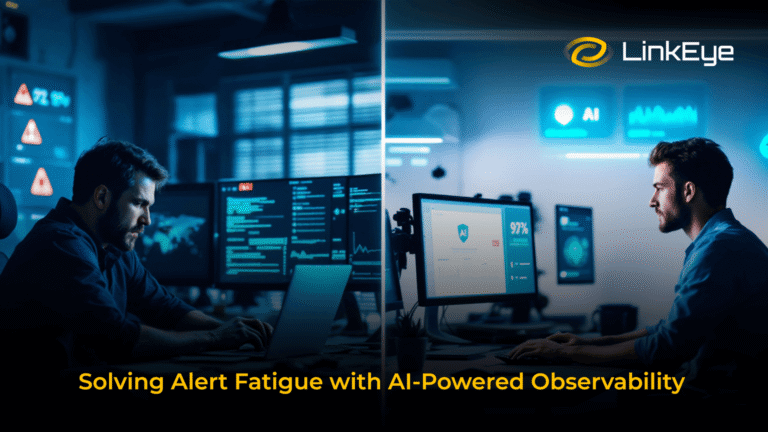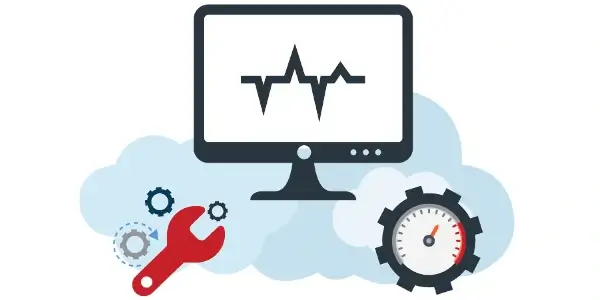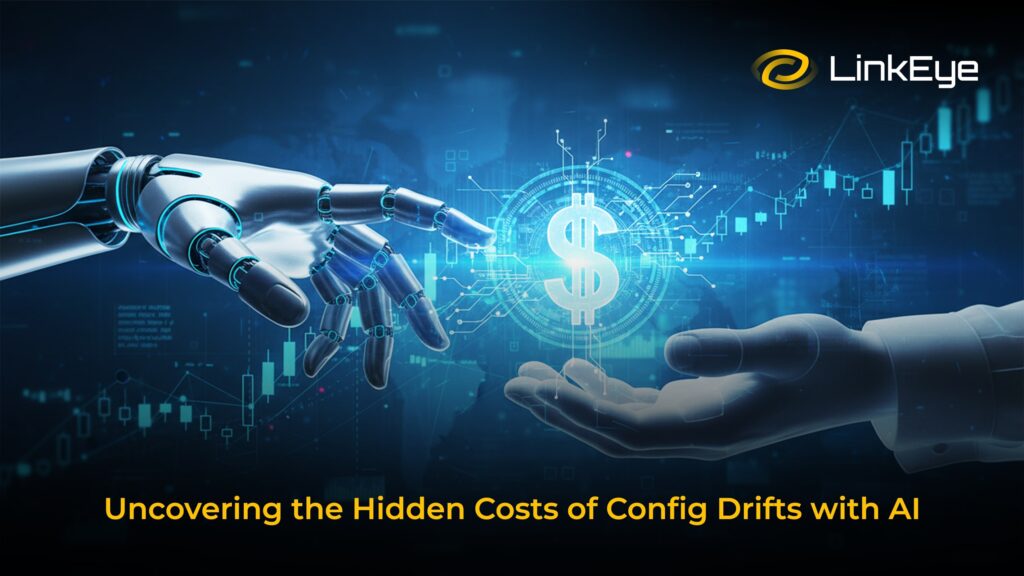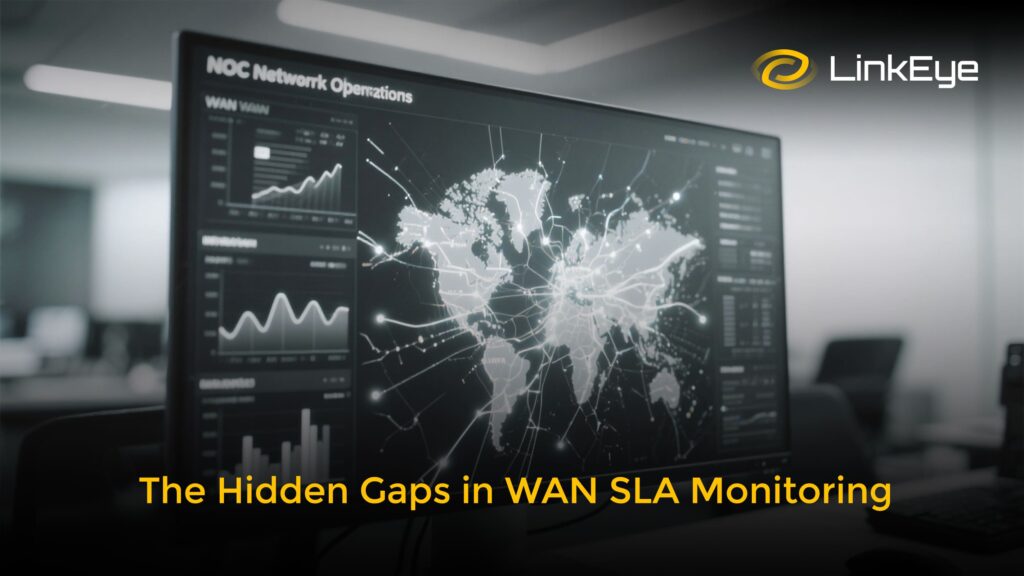You start your shift, and the alerts are already waiting. Latency spikes, packet drops, routing changes, all arrive steadily, each demanding attention. Alerts pile up, but the real issue gets buried. For many teams, that’s the gap between reacting to alerts and proactively identifying anomalies. As networks have grown more distributed, the volume of telemetry has also exploded. Between SD-WAN overlays, hybrid cloud environments, edge devices, and virtualized services, data is pouring in from everywhere and the tools meant to provide visibility often end up overwhelming the very people they’re supposed to support.
A recent survey by BlueCat and EMA found that 87% of network teams now rely on multiple observability tools, yet only 29% of alerts are considered actionable. That means the majority of signals create noise, not insight. Complicating matters further, traditional monitoring systems often operate in silos, triggering alerts based on fixed thresholds or isolated metrics resulting in an increased number of warnings that lack context or miss correlations and the operational cost of chasing them is high.
“87% of network teams now rely on multiple observability tools, yet only 29% of alerts are considered actionable.”
A 2023 survey from LogicMonitor revealed that 63% of organizations face over 1,000 infrastructure alerts daily, and when engineers spend hours responding to inconsequential alerts, they’re less likely to catch early indicators of real problems like misconfigurations, degradations, or outages.
Smarter Observability with Agentic AI
Building better diagnostics is increasingly becoming a cornerstone of scalable network operations and AI-driven observability platforms are helping shift the focus away from volume and toward relevance:
- Contextual alert grouping: Rather than flooding teams with dozens of related alerts, AI groups them into a single, contextualized incident. This is especially useful in distributed environments, where one issue can trigger duplicate alerts across systems, making it harder to identify the anomaly.
- Cross-layer correlation: AI brings together telemetry, configuration state, topology, and live event streams to identify patterns that would otherwise be missed. It helps connect symptoms like packet loss or latency with potential causes, such as a recent routing change or policy misconfiguration.
- Dynamic baselines: Rather than using fixed thresholds, AI agents continuously learn what “normal” looks like across time, across different locations, devices, and workloads. This means that anomalies from the past can become normal patterns as the system adapts, reducing unnecessary alerts.
“Anomalies that triggered alerts yesterday may be normal today”
Together, these capabilities shift the value of observability from passive monitoring to active, intelligent problem-solving. A recent academic study on automated alert triage (AACT, 2024) found that alerts shown to analysts dropped by 61% over six months while maintaining accuracy. This directly translated into fewer distractions, faster incident identification, and clearer priorities.
Operational Gains through Smart Observability
There’s often concern that automation will replace the human element in network operations. But in practice, AI can give engineers their time and focus back. Level 1 teams no longer have to burn cycles validating alerts that turn out to be false alarms. Level 2 and 3 engineers gain access to richer, more contextual incidents that they can act on with confidence. And organizations benefit from a team that’s no longer stuck in a wild goose chase.
“NOC teams no longer have to burn cycles validating false alarms”
According to recent Forrester-commissioned research, organizations using AI-assisted observability report up to 30% lower operational fatigue and 25% faster incident resolution. When the system handles the heavy lifting of contextual insights and correlation, engineers are free to focus on architecture and optimization. They have noted a marked reduction in on-call interruptions and regained time for network planning tasks.
Looking Ahead
As networks continue to grow in complexity, AI-powered diagnostics facilitate human expertise to be more impactful by filtering out noise, surfacing what matters, and guiding engineers toward resolution faster.
The next generation of tools will prioritize early detection, intelligent prioritization, and guided resolution to improve uptime and build more resilient teams, by providing them the context and confidence to act faster and smarter.
















